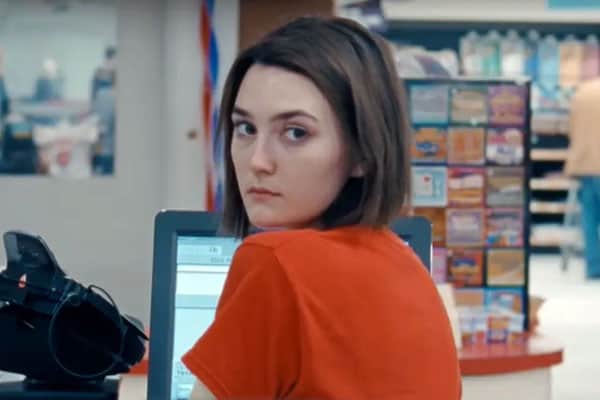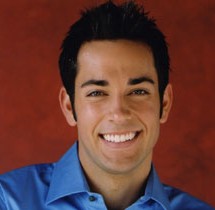
“I just reached for something in my personal experience that may not have aligned with the context of the scene but still had the same emotional substance.” – Sidney Flanigan
In the indie drama Never Rarely Sometimes Always, newcomer Sidney Flanigan portrays a teenage who travels from Pennsylvania to New York for an abortion. Flanigan has no formal acting training, but has been a working musician in Buffalo, New York for several years. Speaking with The Hollywood Reporter, Flanigan opened up about making her acting debut in such an emotionally intense role.
Though it is the acting debut for Flanigan, she points to other aspects of her performing background as helping her act in the film. She says, “I kind of was excited to take the risk and dive in headfirst and give it a shot. I did my best to transfer what I knew about performing as a musician over to acting. I think that, as a musician, a lot of times I take another persona onstage. I have to get into a different emotional headspace in order to deliver a song a certain way. I kind of thought it applied a little bit.”
One of the challenges that Flanigan had to confront was acting in scenes that had little or no dialogue. Regarding how she approached those scenes, she explains, “At first I was a little nervous because, even though I had never acted before, I was like, ‘How do I get all of these things across without words?’ But I really did like that it was like that because I think with the subject matter it’s so easy for a film that deals with an issue like this. It’s so easy for the characters to sound like they were just saying things to explain to the audience what’s going on rather than being real people, and I think the quietness of the film really helps communicate a lot of subtleties and ideas without sounding like it’s propaganda superimposed on characters.”
In the scene that gives the film its title, Flanigan’s character is asked a series of “never, rarely, sometimes, always” questions by a social worker and provides emotional responses. Flanigan explains what filming that scene was like, and how she worked with her scene partner. She reveals, “It was definitely pretty intense. There were two cameras on me, very close, so it created already this kind of feeling of vulnerability. The social worker that I was working with in that scene was a real social worker, so it created this atmosphere of authenticity. I just remember trying to figure out how to bring that emotion out. I just reached for something in my personal experience that may not have aligned with the context of the scene but still had the same emotional substance. I just tried to reach into myself for that and just allow it to trigger whatever reaction that it would and it worked out.”



